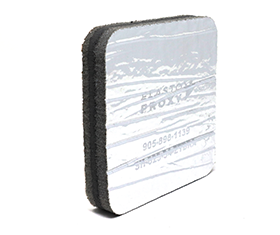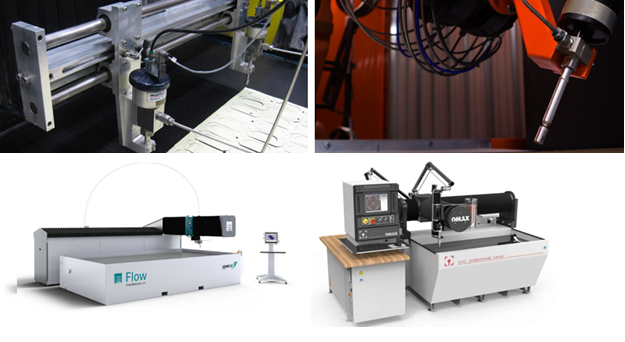Thermal insulation reduces the transfer of heat from a higher-temperature object to a lower-temperature one. Heat always flows in the direction of the object with the lower temperature, such as from a hot diesel engine to a cool passenger cab or from a lithium-ion battery to a metal enclosure. With thermal insulation, heat is reflected or moved away from the lower-temperature object.
Elasto Proxy makes standard and custom thermal insulation. We also provide complete thermal-acoustic solutions. Keep reading to learn more, or contact us to request a quote or discuss your application.

What is heat – and why is high heat a problem?
Heat is the flow of thermal energy. It’s responsible for the temperature within a system. In a heavy equipment cabin, high heat can cause operator fatigue and discomfort. It can also cause onboard electronics to malfunction or fail. In the case of electric vehicles, high heat can reduce battery life. If the heat is excessive, EV batteries can even ignite.
What is thermal insulation made of?
High-temperature insulation is made of metal, plastic, and rubber materials.
- Thin aluminum sheets (foils) are good at reflecting heat. They‘re also lightweight.
- Mylar films are both heat-resistant and cost-effective.
- Silicone-coated fiberglass can withstand high continuous temperatures.
- Silicone, polyester, polyurethane, and melamine foams include fire-resistant materials that meet UL 94 standards. Open-cell foams can provide acoustic insulation along with thermal protection.
What are some temperature-related product specifications?
The materials that are used for thermal insulation carry specifications for thermal conductivity and thermal resistance.
- Thermal conductivity measures the ability to transfer heat. As a rule, materials or substances with higher thermal conductivity have a faster rate of heat flow than materials with lower thermal conductivity. For example, metals like aluminum have a higher thermal conductivity than the air.
- Thermal resistance measures resistance to heat flow and is the inverse of thermal conductivity. Materials with low thermal conductivity (such as the air) have high thermal resistance. Materials with high thermal conductivity (such as aluminum) have low thermal resistance.

Are there other product specifications to consider?
Yes. Depending on the application environment, you may need a high-temperature insulation that can withstand incidental contact with automotive fluids. You may also need a product that is capable of withstanding washdowns. Because thermal insulation can be combined with acoustic insulation, you can also specify a complete thermal-acoustic solution with sound-absorbing, sound blocking, or sound dampening properties. Finally, you can choose either a standard or a custom product.
How is thermal insulation made and installed?
Thermal insulation that is made of a single material is water-jet cut into a specific size or shape. Most thermal insulation is made of multiple materials, however, and these materials are first laminated together into a sandwich-like structure. After water jet cutting is complete, a pressure-sensitive adhesive (PSA) may be applied for peel-and-stick installation. Metal fasteners may also be used.

What are some examples of thermal insulation from Elasto Proxy?
ZTBRA is recommended for applications where the maximum service temperature does not exceed 300° F (149° C), and where there’s only short-duration exposure to high heat. It is made of these materials.
- aluminum foil or Mylar facing
- polyester (PE) or polyurethane (PU) open cell acoustic foam
- polyvinyl chloride (PVC) barrier material
- pressure-sensitive adhesive (PSA) with a special liner
Z3T is recommended for applications with higher continuous temperatures and that require flame resistance. It is made of these materials.
- silicone-coated fiberglass facing
- open cell silicone foam
- PVC barrier material
- PU or PE foam
- PSA with a low-density polyurethane (LDPE) liner
Is it possible to get thermal insulation samples?
Yes. If you’re a manufacturer, request the Elasto Insulation Bag. It contains samples of ZTBRA and Z3T thermal insulation along with other insulation samples. Plus, we can include samples of edge trim, bulb trim, or D-shaped profiles with adhesives if you need them.









